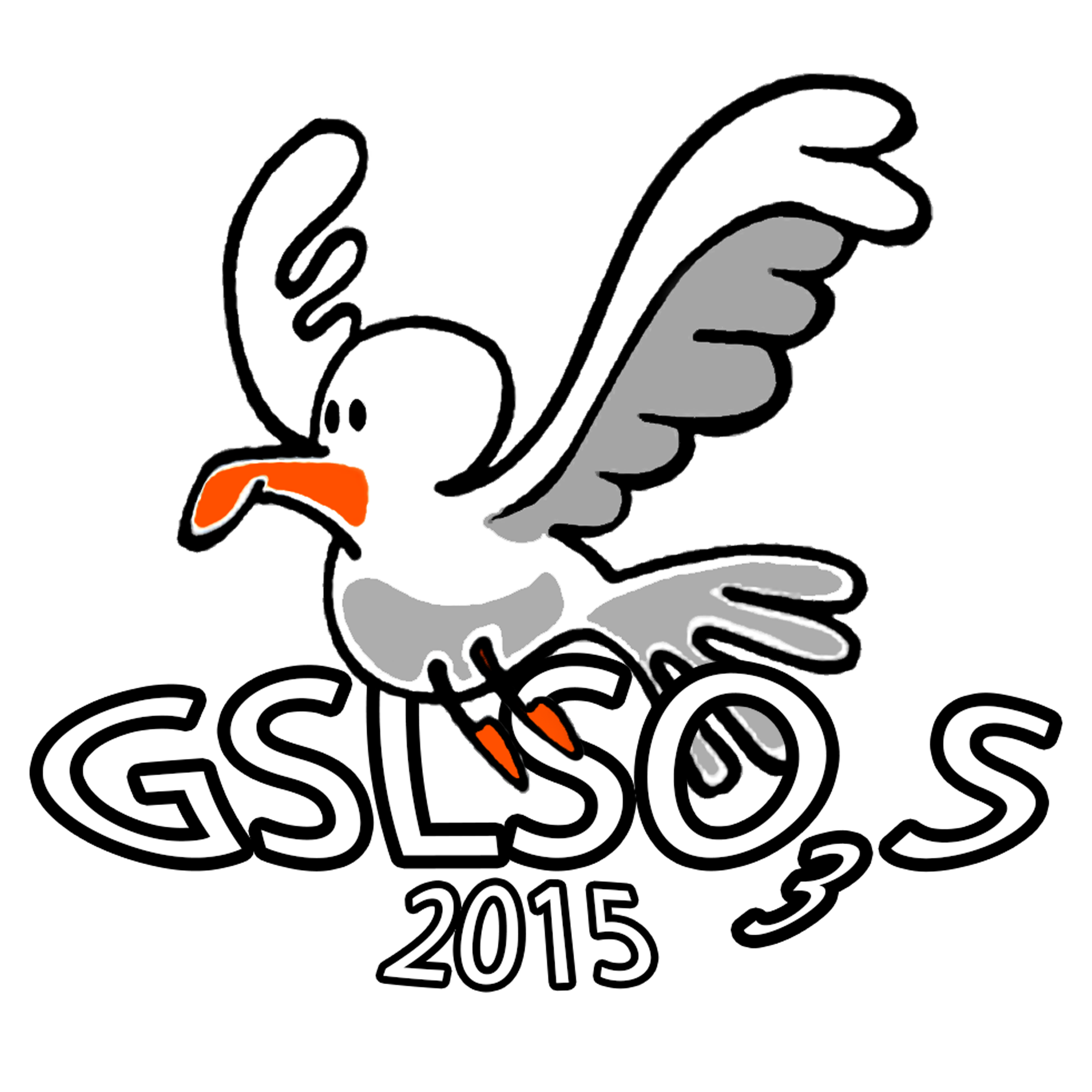Master of Science 2016
Impact of a Lake Breeze on Summer Ozone
Concentration in the Salt Lake Valley

During the late afternoon of 18 June 2015, ozone concentrations within a strong lake breeze arising from the Great Salt Lake in northern Utah were observed to be ~20 ppb higher than those in its advance. Ozone observations from an enhanced network were available from state air quality measurement sites, additional fixed locations, and mobile platforms, including a news helicopter. The southward progression of the well-defined lake-breeze front through the Salt Lake Valley was observed by wind, temperature, and moisture observations available at automated weather stations, as well as radial velocity scans from a nearby Terminal Doppler Weather Radar. Strong flow opposing the lake breeze increased convergent frontogenesis and delayed the onset of its passage through the Salt Lake Valley. Ozone concentrations were exceptionally high aloft in the head of the lake-breeze front.
The development and progression of lake breezes on both 17 and 18 June 2015 were simulated using the Weather Research and Forecast model at 1-km horizontal resolution over northern Utah. The model was initialized at 0000 UTC 14 June 2015 using hourly analyses at 3-km resolution from the High Resolution Rapid Refresh model. The underlying surface state was improved by specifying the areal extent and surface temperature of the lake observed during June 2015. An urban canopy parameterization was added as well to better simulate urban effects on wind and heat fluxes. These modifications improved the model simulation particularly for the more typical lake breeze event on 17 June. However, on 18 June weaker than observed opposing southerly flow allowed the development of the simulated lake-breeze front to occur too early and its subsequent speed up the valley was too fast. Continuous passive tracers initialized at the surface within and ahead of the lake breeze highlight the dispersion and transport of pollutants arising from the strong lake-breeze front on 18 June. Tracers within the lake breeze are confined closer to the surface while tracers in advance of the front are lofted vertically over it.